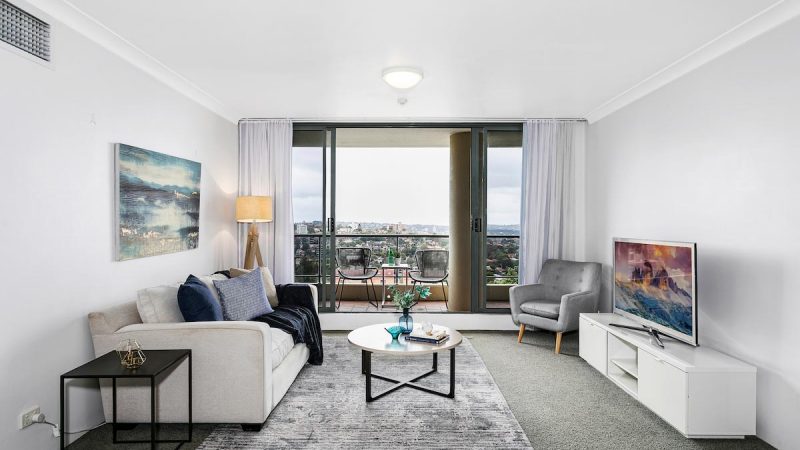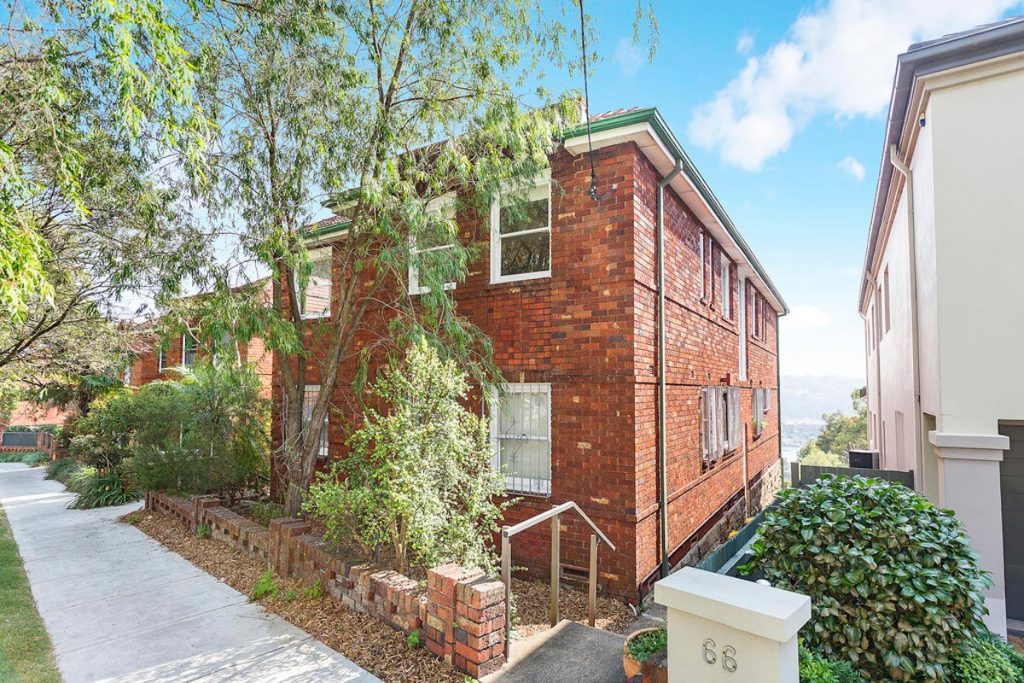
Why a Lower North Shore home has better bones
When we look at our dominant stock on the Lower North Shore, we see that many of the apartment blocks were built between the great wars and in the years after 1945. We love working with these properties; they’re solid, have more overall volume and they’ve stood proudly for many decades.
History of Sydney’s Lower North Shore homes
Much of Neutral Bay, Kirribilli and Cremorne was settled early in Sydney’s history, with subdivisions making way for the erection of Victorian terraces from the 1860s onwards. While not many of these terraces exist today, they’re still much loved and highly sought after.
Sydney’s north wasn’t really settled in earnest until the construction of the Sydney Harbour Bridge, which was opened in 1932. Before then, in the early years, transport was an issue, with only ferry access to the northern side of Sydney Harbour.
These days, the Lower North Shore is highly prized for its proximity to some of the most vibrant areas in Sydney and, of course, the water views. With a predominantly younger population (over 25% of our residents are aged 25-34 years), and with higher monthly incomes than Australia as a whole, local residents are looking for lifestyle as well as short commutes to their professional jobs, which are mainly located in Sydney’s CBD.
Our heritage housing stock on the Lower North Shore
Those heritage houses still in existence tend to be the remaining Victorian terraces, or those that follow the popular architectural styles of the early 20th century, including the Arts and Craft and Federation styles, with ornate cornicing, leadlight windows and fretwork.
The 1920s introduced us to Art Deco apartment blocks (such as this one in Harriette St, Neutral Bay), now highly prized as many of them are on the waterfront, and often include the popular California Bungalow style. From the Great Depression of 1929 up until 1939, Australian construction went through a period of austerity. Many blocks of flats from this era (such as this one in Benelong Rd, Cremorne) show little if any façade ornamentation. You’ll recognise many of these 1930s buildings by their deep red or liver-coloured brick.

However, much of our housing comprises the light red- or blonde-brick blocks of units that were erected quickly to accommodate an influx of returned servicemen after World War 2 and house the many immigrants who sought shelter from Europe and came to build a better life. An acute shortage of building materials meant that, once again, ornamentation was a luxury.
While so obviously utilitarian compared with the delightful fancy of earlier architectural styles, these units have what we call ‘good bones’. The ceilings might not reach the lofty heights of Victorian and early 20th-century apartments, but they are marginally higher than what is common today in ultra-modern apartments. (In architect-speak, they have greater ‘volume’.)
Buyers and renters appreciate the generous space in these apartments. Especially these days, they welcome actual rooms rather than open plan.
And if you miss the fretwork and ceiling roses of Victorian or Federation homes, you might be mollified by period features such as a garbage chute (blocked off these days and more likely used for your nbn™ cabling) or a corridor cubbyhole that was for your milkman. (Remember those days with the milkman, who delivered bottles of milk daily?)
Apartments that stand solid for decades
The beauty of these post-war apartment buildings is their scope – and their age. Sellers understand that buyers are comforted by the fact these buildings have stood solidly for decades, many for over 50 years. So while many new-build high-rise apartment blocks find it challenging to achieve their occupancy certificates, and we see problems in areas of high development, these vanilla apartments are streaking ahead in value.
Apartments with scope for renovation
Their relatively generous size, even for bathrooms, makes these apartments ripe for renovation. When you’re selling, even though the area is in high demand, it’s definitely worth spending money so potential buyers have a brilliant first impression. We recommend a refresh at the very least, plus professional photography and styling to make the most of these unsung heroes of Lower North Shore property.
Can we help you sell your Lower North Shore property?
At Home Property Agents, we have decades of experience in helping owners and investors to renovate their properties and prepare them for sale. Call us in early – as soon as you consider the idea of selling – as we can give sound advice on what buyers are looking for, and how to maximise the value of your home. With our stable of preferred tradespeople, photographers and home stylists, we can help you achieve the optimum sale price for your home.
Alternatively, if you’re looking for property market insights or a place to buy, rent, or invest in, please don’t hesitate to contact me, Anthony, or my father, Gabi, at Home Property Agents.



